Table of Contents
- Envelope Definition and Meaning
- What is an Envelope?
- 10 Types of Envelopes
- Envelope Uses, Purpose, Importance
- What’s in an Envelope? Parts?
- How to Design an Envelope
- Envelope vs. Shims
- What’s the Difference Between an Envelope, Door Stickers, and a Business Card?
- Envelope Sizes
- Envelope Ideas & Examples
- FAQs
- More in Envelope
Envelopes
Envelopes are more than just a folded piece of paper being torn open and thrown away. They serve as packaging that protects your letter, ensuring it arrives at its correct destination in one piece and in an acceptable condition.
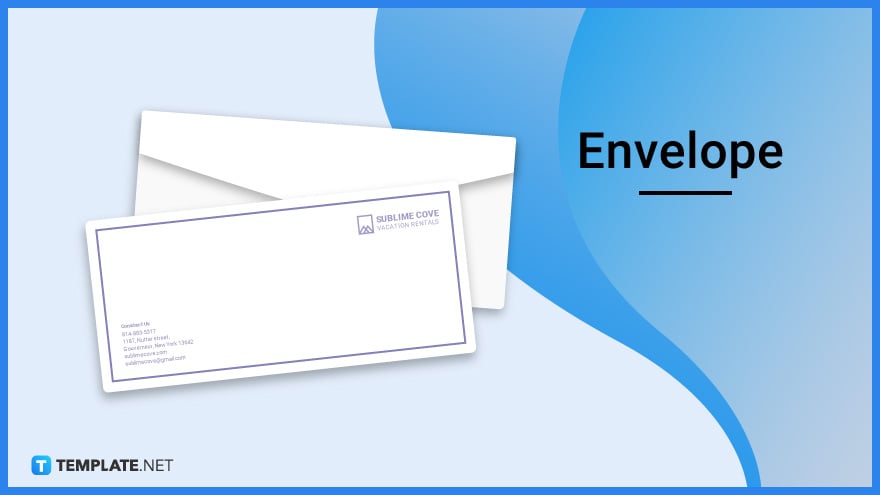
Download the Free Envelope Article in PDF
File Format:
Envelope Definition and Meaning
A standard envelope is a flat folded rectangular paper used as a container for sending letters to someone.
Most people use wove, kraft, recycled, specialty, and tear-resistant materials in creating an envelope, but any paper will do as long as it’s sturdy and large enough to fit its content.
What is an Envelope?
Envelopes are bearers of information, documents, and messages. They communicate the sender’s intention to their recipient. That allows for an excellent first impression since they’re the first thing seen before the content, catching the attention of one’s recipient at a glance.
10 Types of Envelopes
Business Envelope
Business envelopes are lightweight materials for mailing corporate letters, correspondence, billing statements, catalogs, and other important documents at work and with your clients. Business envelopes often have a company logo or name written on the front portion of the envelope. This adds to its formality and its business-like structure.
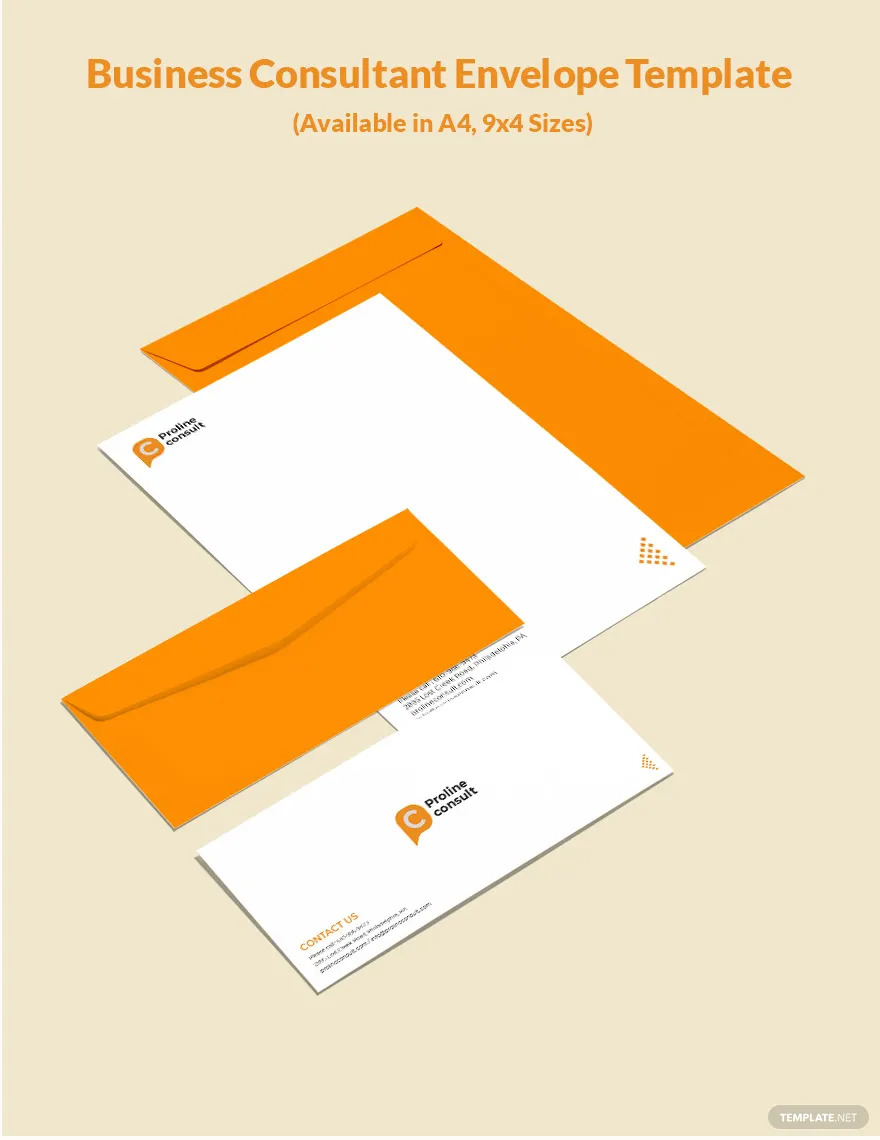
Wedding Envelope
Weddings are often celebrated with family, relatives, and friends. So, it is common to send out invitations formally or informally. Modern, traditional, rustic, or retro—wedding envelopes are best known for their intricate designs and elegant paper types when sending invitations to guests, relatives, and friends during your special event.
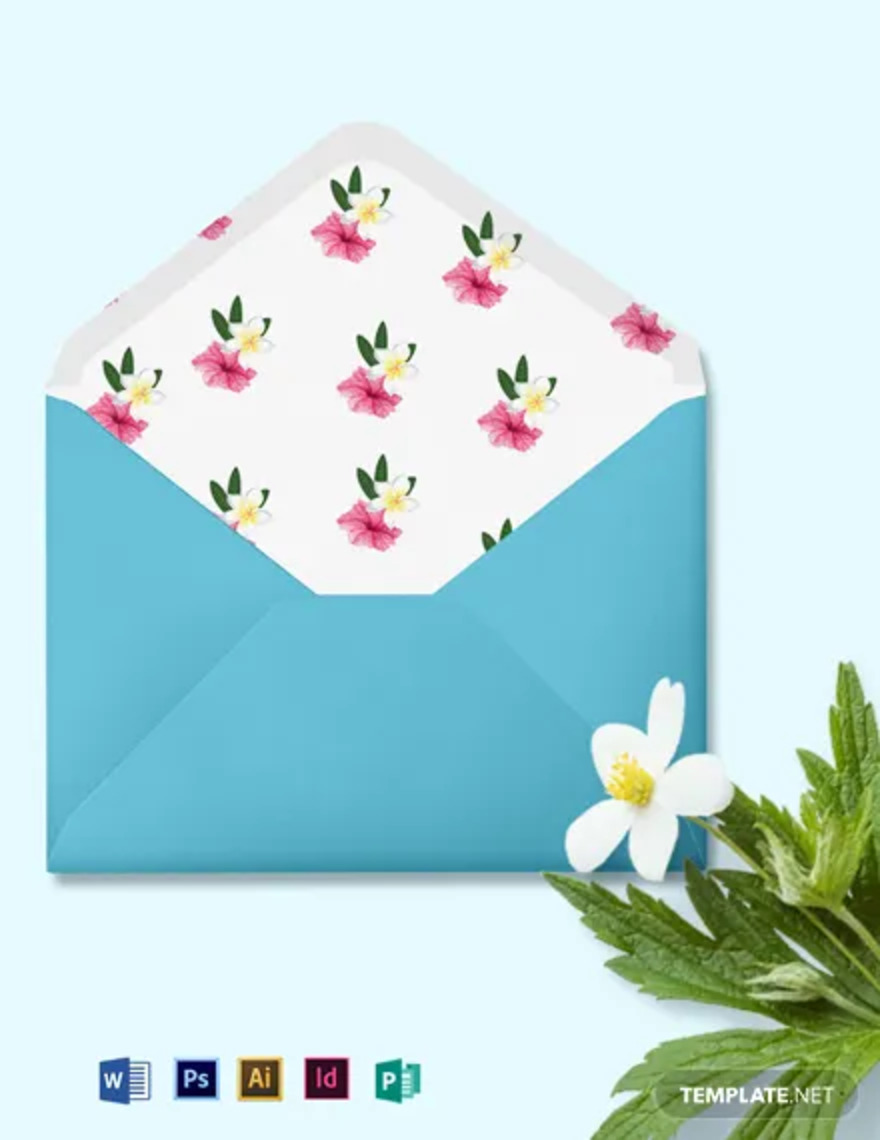
Restaurant Envelope
Restaurants require different avenues to market and promote their business. Not only that, but they also need to secure business partners to help their business grow. Advertise your restaurant in style by printing and handing out attractive restaurant envelopes that contain your business name, address, contact information, and logo to your customers.
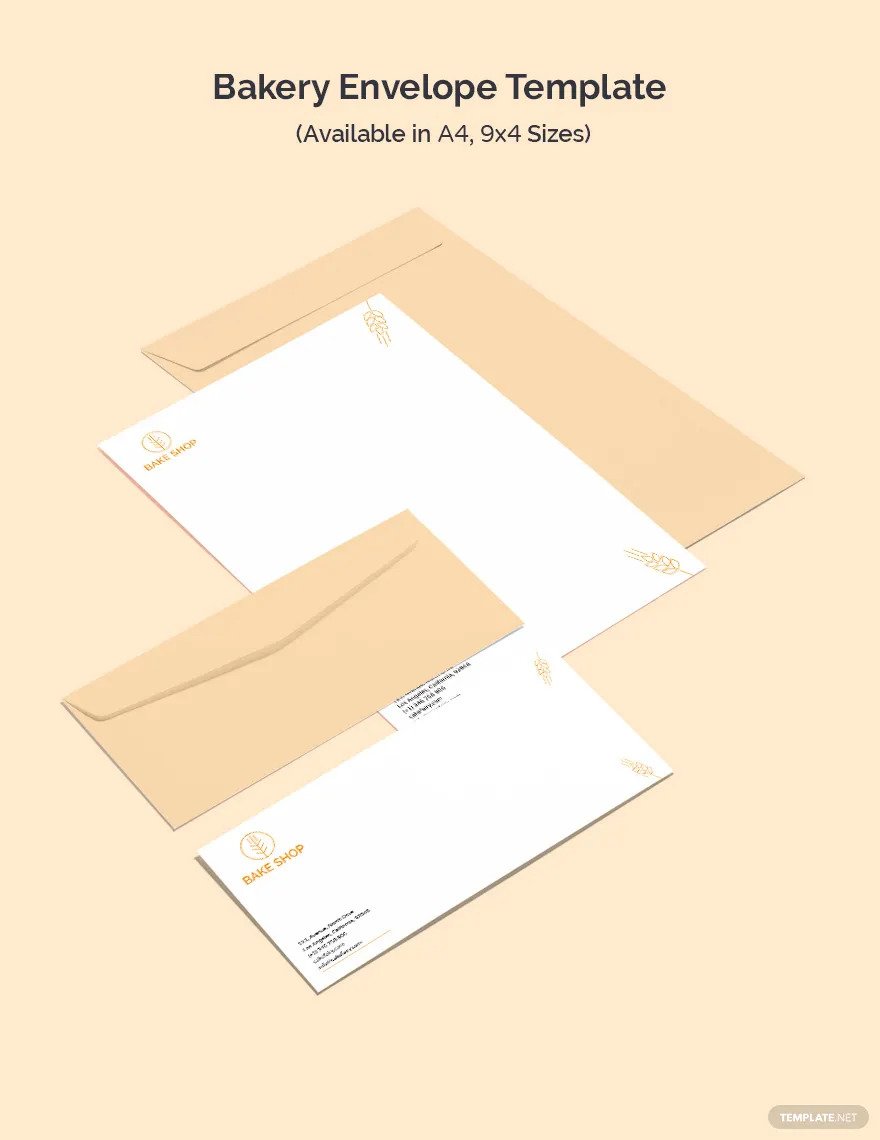
IT and Software Envelope
A lot of IT and software companies create new projects for their customers. They also need to submit business proposals to partners and vendors. Forward your software reports, computer program proposals, announcements, and other messages to your supervisor, colleagues, and fellow team members with ease through IT & software envelopes and letter mates.
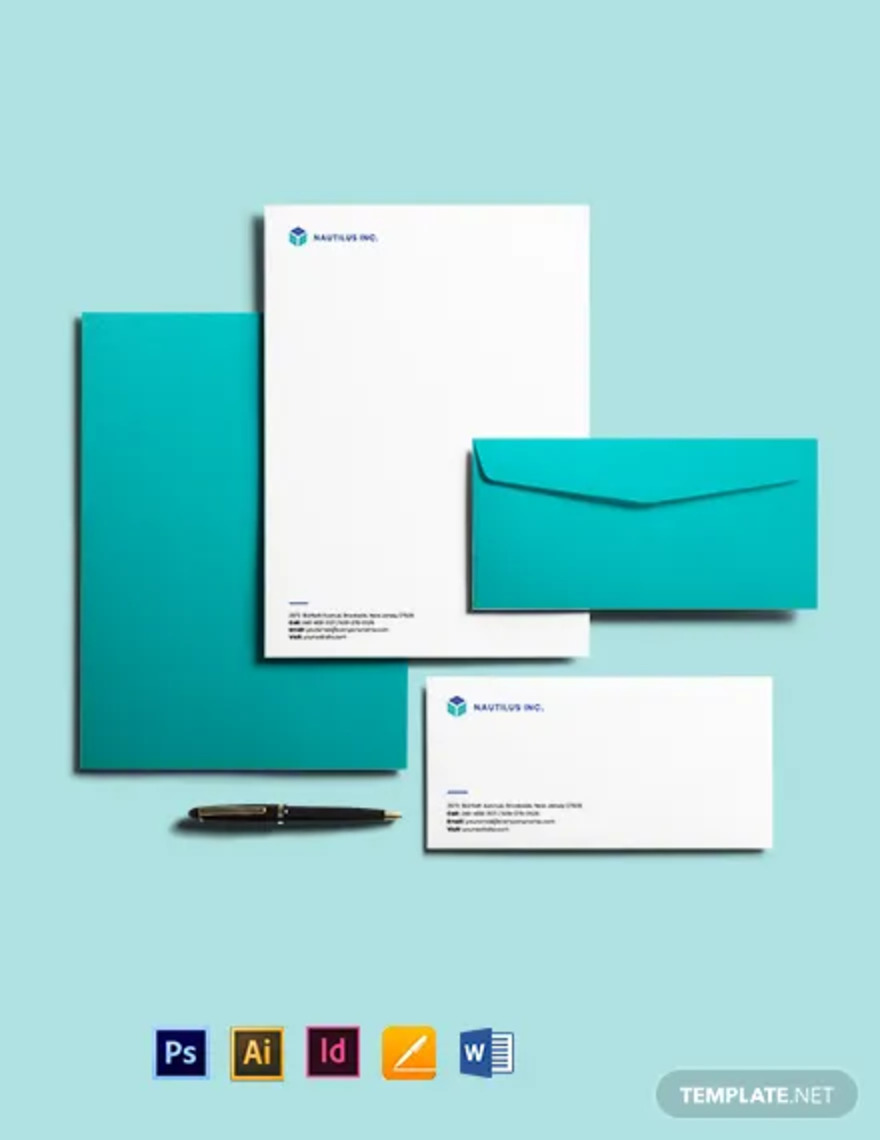
Startup Envelope
A startup company is a business that is based on perceived demand for its product or service. Startups undergo planning and proposals which is why envelopes are the best alternatives to store and forward these documents. A startup envelope adds formality and priority to documents that need to be delivered to its recipients.
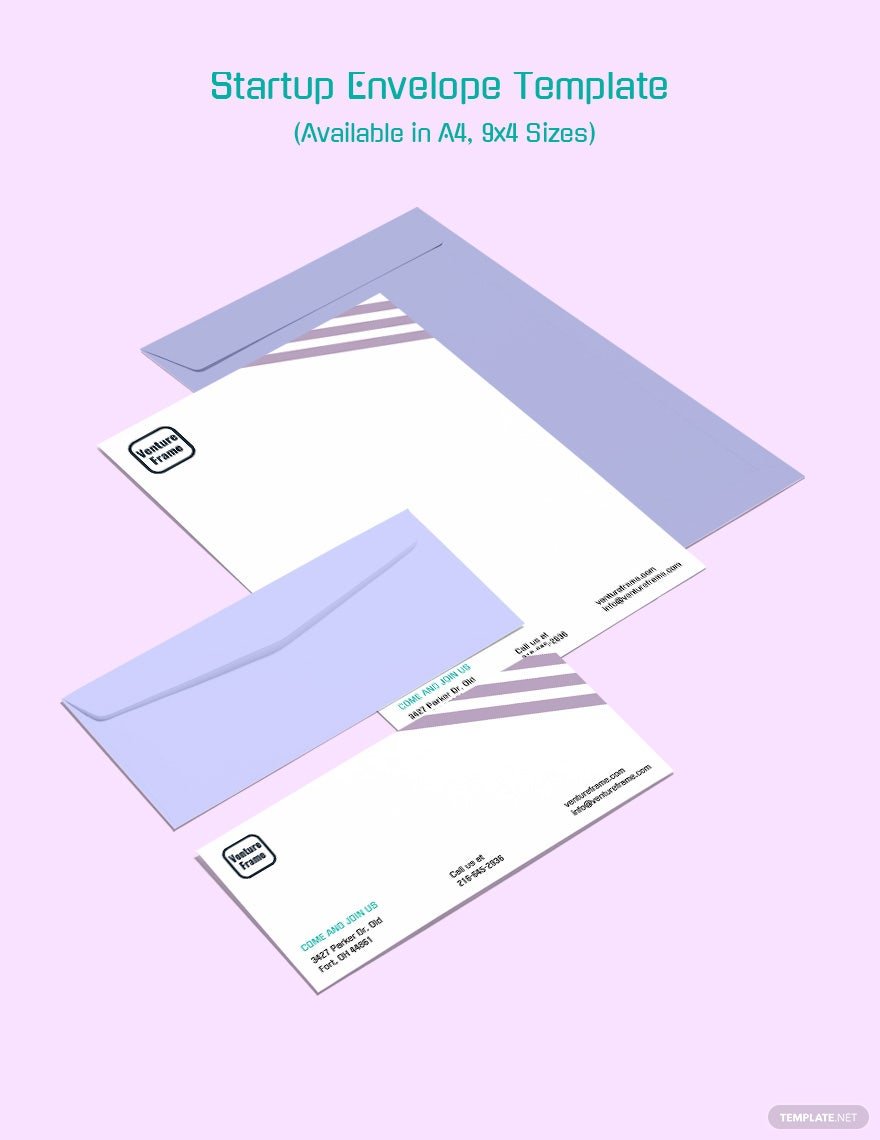
Tech Envelope
Tech companies like any other business have the need to promote their company which includes forwarding printed proposals and reports. Documents enclosed in a tech envelope add to its formality and privacy. Like most business envelopes, the front portion is designed with the company’s logo, business name, and address.
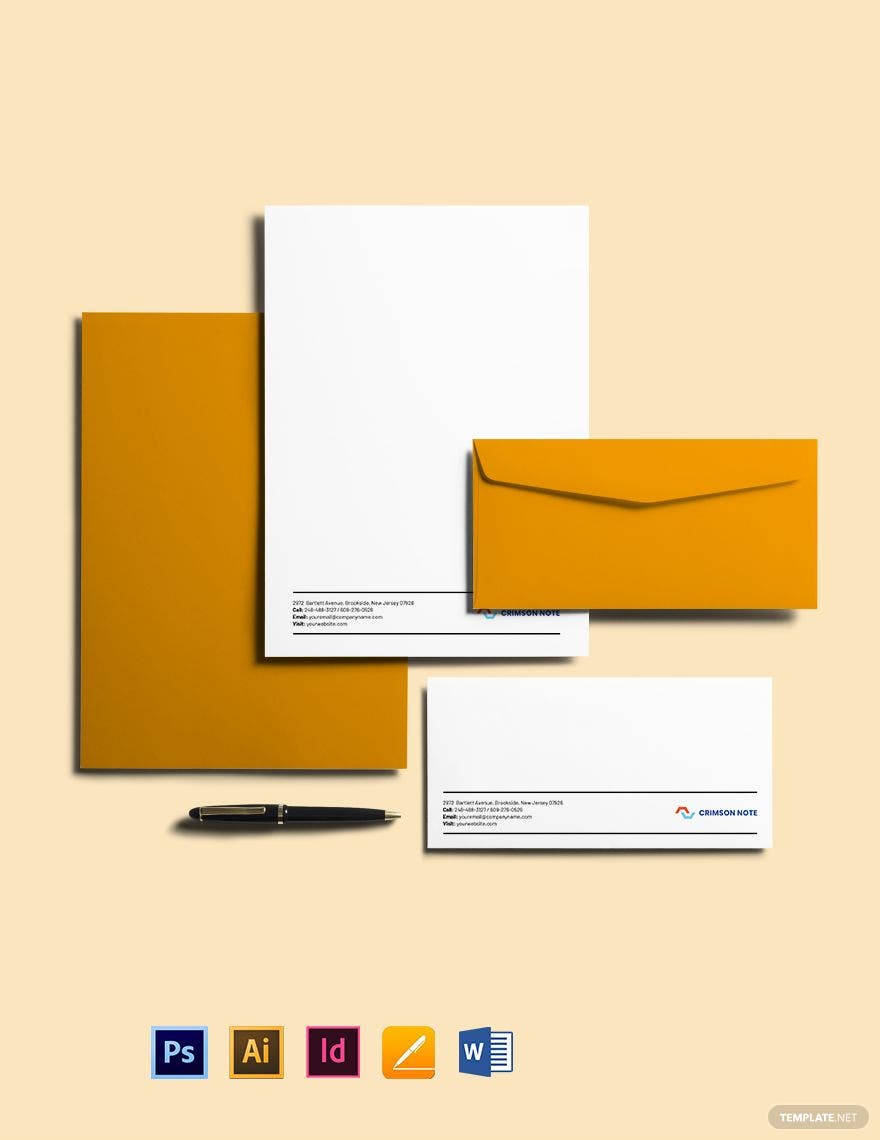
Therapist Envelope
Working as a therapist requires reaching out to clients to let them know about your services. Or perhaps keeping them updated by forwarding newsletters, vouchers, or flyers through their mailing address. A therapist envelope adds to its final touch and this type of envelope comes in a variety of sizes that works well with different kinds of documents.
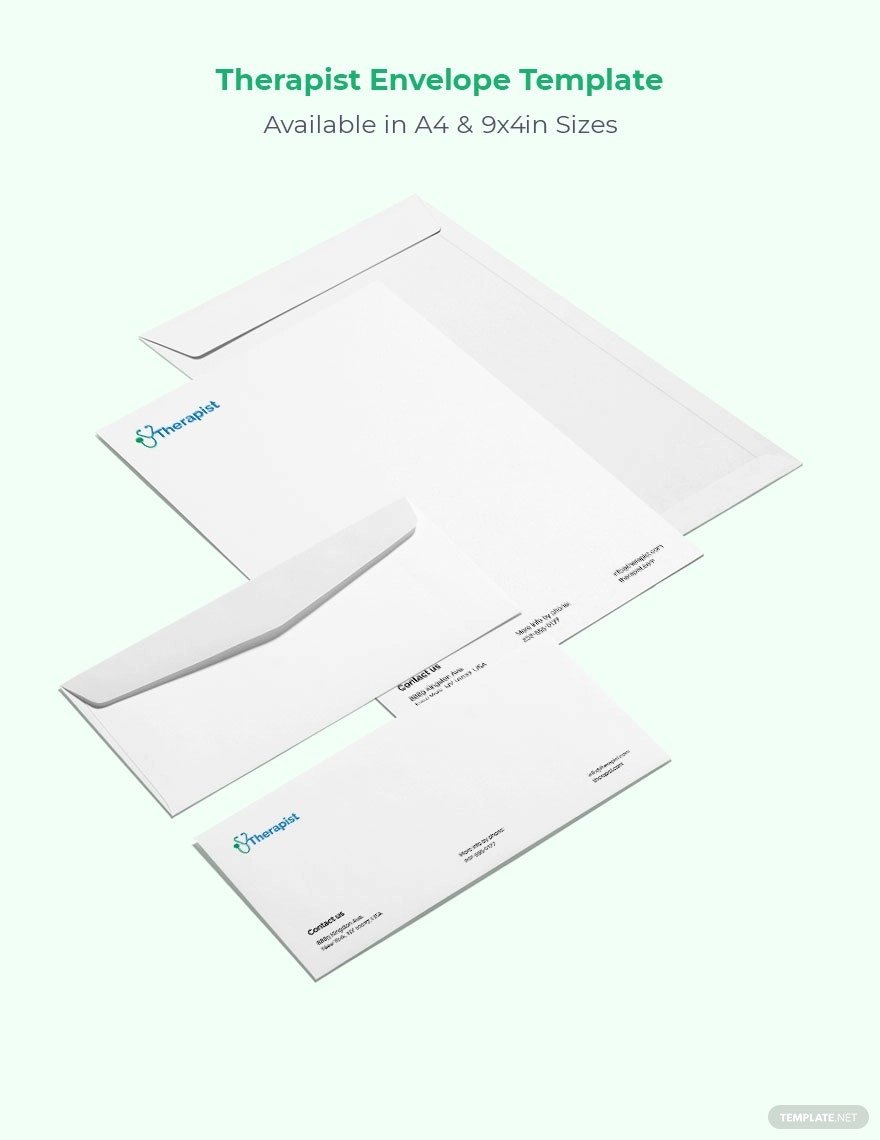
Staffing Agency Envelope
Offices often use all sorts of office envelopes to store and send out their documents just like this staffing agency envelope. It adds to the formality and you are able to store the documents properly. Protect the privacy of any employee-related information, reports and other confidential documents at work by inserting and sealing them in an envelope before sending them to their respective recipients.
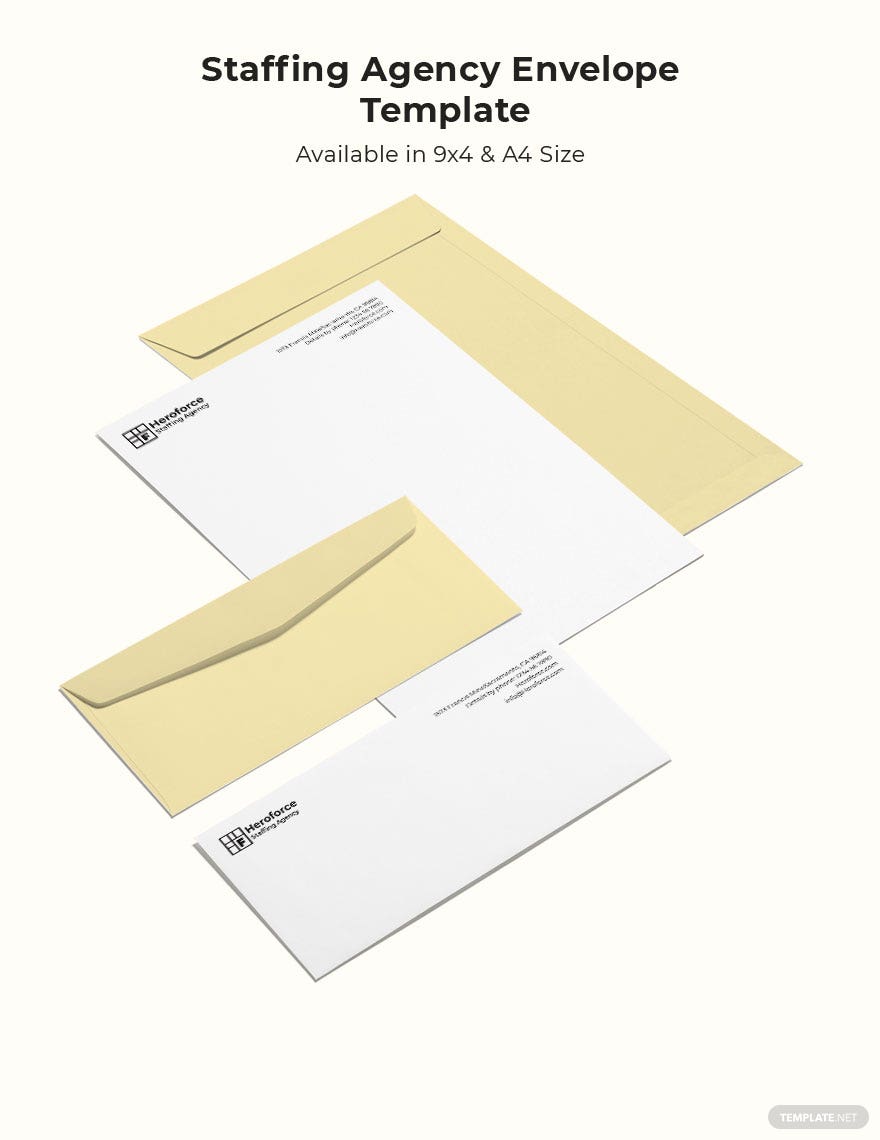
Sports Envelope
Sporting events usually have a large number of participants which means tickets may get sold out in no time. Delivering printed tickets to its recipients works well with a sports envelope. It adds to its formality and ensures that the document is secured.
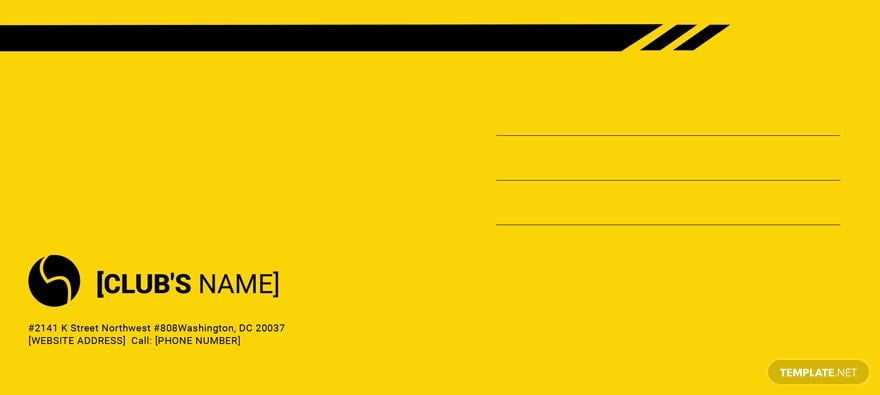
Travel Envelope
Travel agents sometimes need to send printed copies of their travel and business proposals to their clients. And to do so, they would need a formal travel envelope to secure the documents. Or you can tell your loved ones about your adventures in a letter and send them in a travel envelope with your photos or trinkets as memorabilia from the places you’ve been.
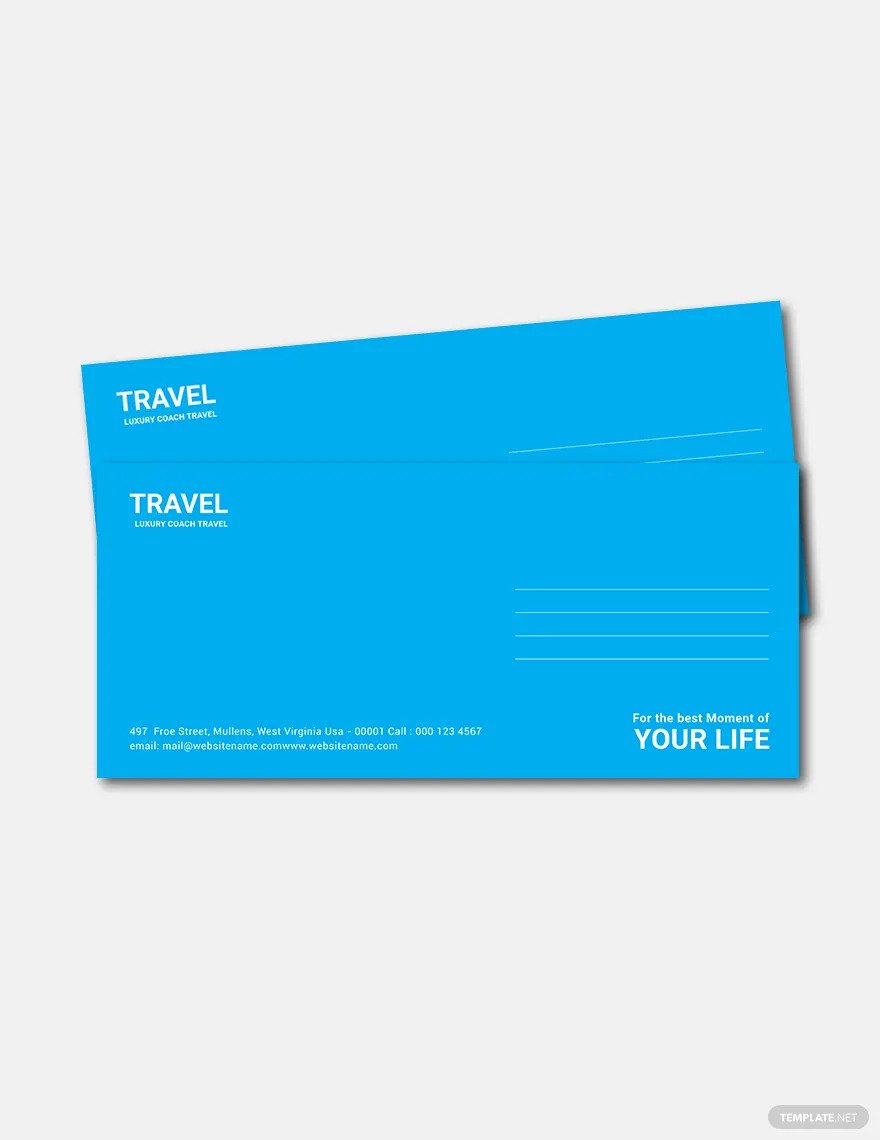
Envelope Uses, Purpose, Importance
People may think envelopes no longer play a vital role in a progressively electronic world. However, the traditional forms of communication continue to prove their impact on everyone’s lives. That makes them more memorable than a simple email or tweet.
Mailing
Envelopes are used to store and secure documents and other important papers. Thus, this is widely also used for mailing purposes. Regardless of the type of envelope used, they are perfect for reaching out to prospective customers, recipients, stakeholders, and business partners since they’re reliable for securely carrying contents.
Branding
Besides being just a carrier of relevant information, they are also perfect for branding and increasing client engagement. This is used during direct mail marketing business and personal campaigns. Since colorful, cute, and uniquely designed envelopes are more likely to get opened than boring ones.
Promotional Tool
Envelopes also act as a promotional tool, since the well-designed ones are likely to get the attention of the recipient and a chance to be opened. A number of companies still circulate printed copies of their documents to partners and clients. Hence, it’s best to design envelopes professionally to gain engagement and responses.
Storage
Printed or hard copy documents are usually stored in folders and envelopes. While the latter offers more security since this could be sealed properly. Also it is preferable to send documents from one entity to another using envelopes because it can hold a large number of printed materials.
Formality
Envelopes give documents more formality rather than presenting the document as is. You can print out your company’s logo and name in the front portion and write down to who the document is addressed to. More importantly, this would help avoid misplacement of the document.
What’s in an Envelope? Parts?
Face
The envelope’s face or front is the smooth portion of the envelope where the recipient address, postage, and return address are written.
Back
The back portion of the envelope is where the flaps intersect to seal its content, forming the distinctive form of the envelope.
Flaps
The flaps are the envelope parts folded and overlapped with one another to seal their content. Composed of the top flap (seal flap), side flap, and bottom flap, their shape may be rectangular or triangular with rounded or pointed corners depending on the envelope’s design.
Seams
The seams of the envelope are determined by the style of flaps used. An envelope may have diagonal, side, center, or seam overlap.
Folds
The folds are the creases formed at the top, bottom, and sides of the envelope face and back once all flaps are folded. There are three folds in an envelope: the top fold, the side fold, and the bottom fold.
Opening & Closing
The envelope is also composed of an opening called the throat, a space between the top fold and bottom flap for inserting material, and a closure to hold the material. Some envelopes have a window for viewing the content without opening the envelope.
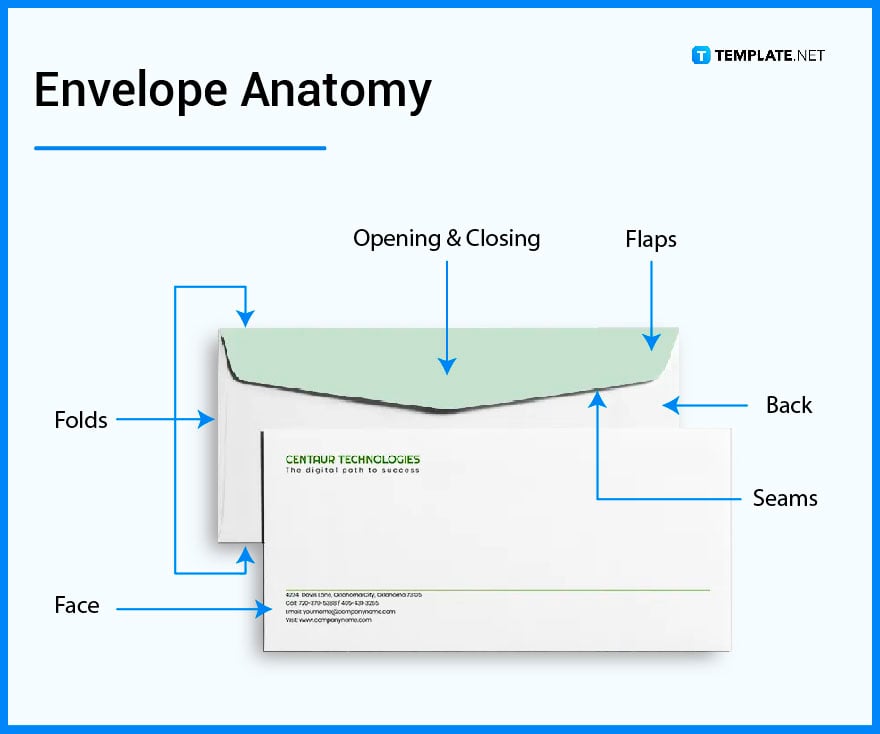
How to Design an Envelope
1. Choose an envelope size
2. Decide the purpose of the envelope
3. Select the envelope template
4. Edit the content of the envelope
5. Print the envelope
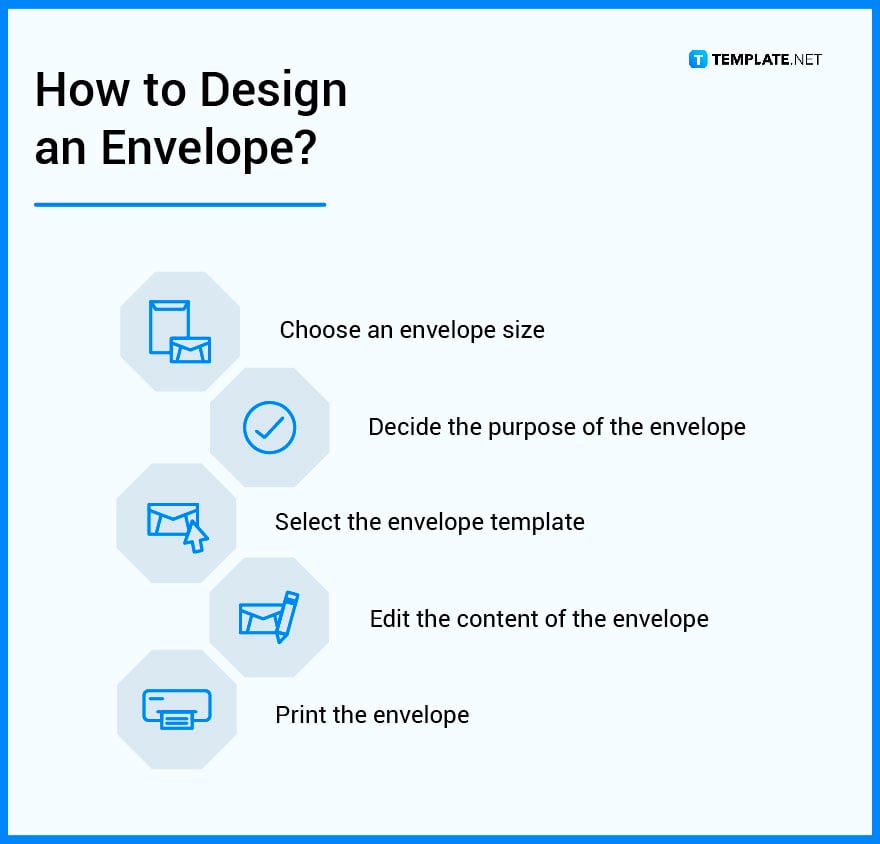
Envelope vs. Shims
An envelope can be a flat piece of paper, folded and sealed, where a sender inserts flat items, like a note, document, letter, or message pad, to be sent to their desired recipient, or it could be a separation of a building’s interior and exterior.
On the other hand, shims are thin and often wedged pieces or tapered material that fill small spaces between objects to support or adjust a specific surface level.
What’s the Difference Between an Envelope, Door Stickers, and a Business Card?
Envelopes are flat sealable materials made of paper or plastic to enclose a letter or a document that can also serve as a design for scrapbooks, diaries, and calendars, depending on the owner’s creativity.
Door stickers are decorative stickers commonly used for outdoor purposes to inform or instruct passersby about something or advertise a specific product.
Business cards are small printed cards that represent your company image, brand, and contact information when you first introduce yourself to your prospective clients, business partners, and stakeholders.
Envelope Sizes
Envelopes sizes and shapes come in a variety. Depending on their type and purposes, an envelope size can range from 3 5/8″ x 5 1/8” to 254” x 330” and may have a portrait or landscape orientation. Listed below are the different sizes of envelopes.
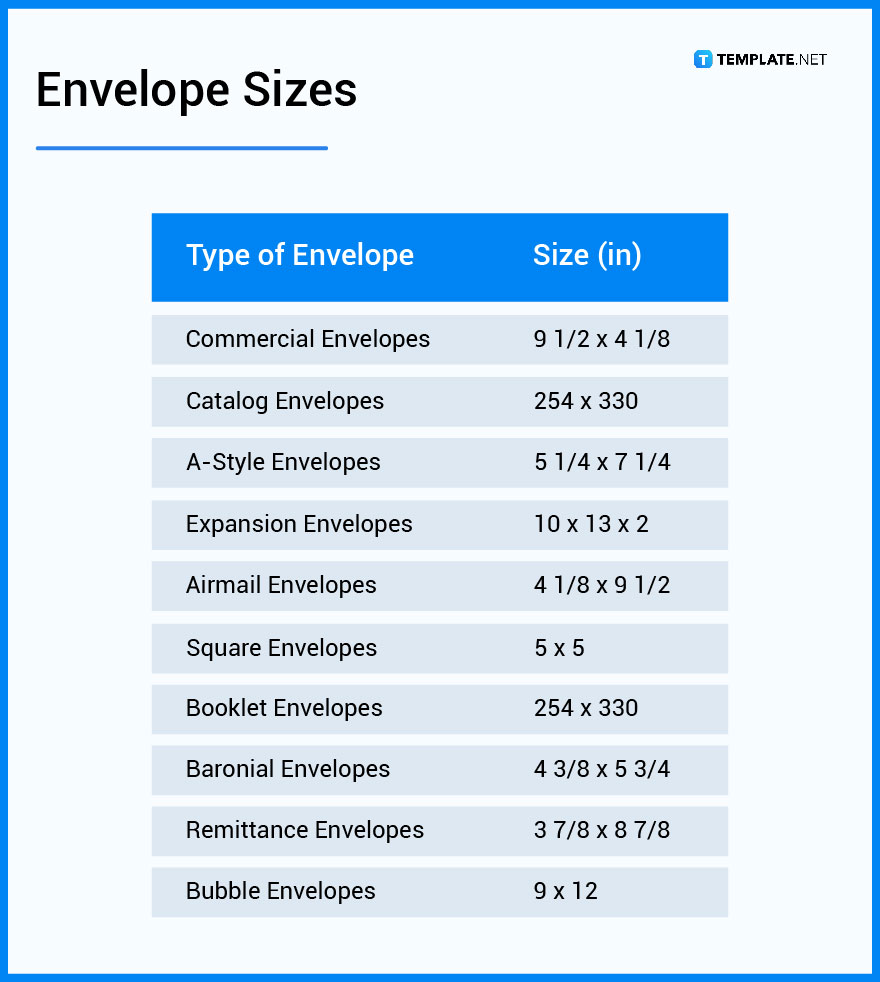
Envelope Ideas & Examples
If you plan to send someone an invitation, a special message, a promotional letter, or simple greetings during the holiday, these envelope ideas and examples might suit your mailing needs.
- Envelope Ideas & Examples
- Hotel Envelope Ideas & Examples
- Ideas for Advertising Envelope
- Hospital Envelope Ideas & Examples
- Ideas for Business Envelope Examples
- Beautiful Design Ideas for Construction Envelopes & Examples
- Wedding Envelope Making Ideas & Examples
- Envelope Ideas & Examples for Handyman
- Christmas Envelope Ideas & Examples
FAQs
What Are the Most Common Envelope Specifications?
An envelope’s common specifications are its size/dimension, type, color, price, and purpose.
Why Is Building Envelopes Important?
Building envelopes ensure better control of the insulation of a house or building to improve its ability to keep the place warm or cold indoors.
How To Address an Envelope?
Indicate the return address at its top left corner and state the recipient’s address at the center on the bottom half of the envelope’s back.
How To Mail an Envelope?
Affix the postage stamp at the upper right corner of the envelope’s back, then drop it in the collection box or forward it to the nearest post office.
How Do I Save an Envelope Message to be Printed Every Time?
Open an existing document, highlight and copy your selected text, create a new document, choose the “Envelope and Labels” from the Tools menu and select the Envelopes tab, paste your message, format your envelope, and then click the “Add to Document” button.
How to Print Envelopes?
Visit Template.net, download an envelope template, customize it via MS Word, MS Publisher, Google Docs, Adobe Photoshop, Adobe Illustrator, Adobe Indesign, or Apple Pages, then click the print button.
How to Use Cricut to Address Multiple Envelopes?
Type in the addresses of the recipient and sender on the Cricut’s text feature and place the ready-made envelope on the Cricut’s mat, then hit “make it” to complete the process.
What Are the Key Features of an Envelope?
The key features of an envelope are its two side flaps, the bottom flap, and its top flap.
What to Include in an Envelope?
State your recipient address, return address, a postage stamp if you’re sending them via USPS, and a wax seal if you want to make your envelope a bit stylish.
What Are the Effective Ways to Use an Envelope?
Choose an envelope type suitable to your purpose, insert your content (make sure there is sufficient space between your content and the inside of the envelope), then label and seal your envelope before sending it.
More in Envelope






